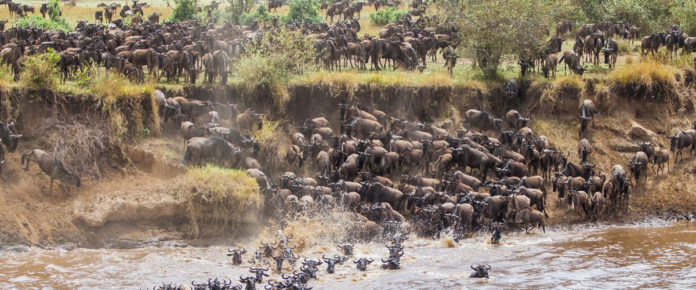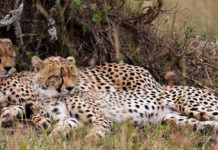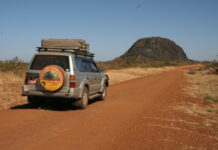This is an over-simplification of a radical ecosystem that is constantly moving, growing, expanding, contracting and shrinking, and growing again. The great wildebeest migration has been described as the greatest (natural) show on earth.
The wildebeest gather in their thousands, give birth, migrate, mate, feed, survive attacks by predators and river crossings, and make their way back to repeat the cycle all over again. It is a 365-day-a-year phenomenon that keeps the Savannah plains fertile and thriving.
The important thing to remember is that Africa’s Great Migration is made up of vast independent herds. These herds of herbivores move all year round. Your Kenya safari tours objective is to target aggregations of these animals and maximize the viewing potential. With wildlife and weather, there can never be guarantees and sometimes you may miss one thing but be rewarded with something completely different.
This requires to stay in one of the most incredible safari lodges and tented camps across the Mara plains perfect for your stay during the wildebeest Migration, annual Wildebeest Migration starts to arrive in Masai Mara at the end of July from Tanzania’s Serengeti national park, staying in one of those Kenya luxury safari camps you watch wildlife is just the best way to explore the abundant wildlife of Masai Mara. This Masai Mara wildebeest Migration safari will take you to the Mara triangle to follow the mega wildebeest herds and the predators that follow the Migration.
The Masai Mara is regarded as the jewel of Kenya’s wildlife viewing areas. The annual wildebeest migration alone involves over 1.5 million animals arriving in July and departing in October-November. The park is also home to 95 species of mammals, amphibians, and reptiles and over 400 bird’s species recorded on the reserve, as you view wildlife in the park you will continue following the wildebeest herds and later return to the lodge overnight.
The peak season for Migration sightings in Kenya is considered to be between June and October and you are more likely to see river crossings during this time. However, the Migration is a year-round phenomenon and you are likely to see large herds of wildebeest at any time of year.
The movements of the Migration are affected by the weather and may vary widely from year to year. The movement of the herds depends on the arrival of the rains and the animals may cross back and forth between the Serengeti and the Masai Mara a number of times in any given cycle. As it can be difficult to pinpoint specific times and accommodation tends to book up quickly for peak season.





